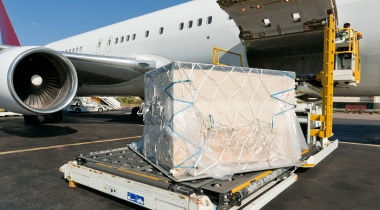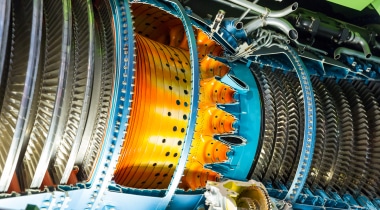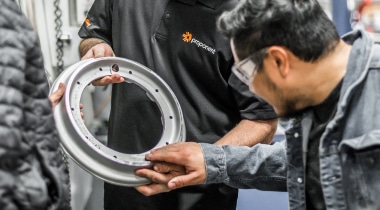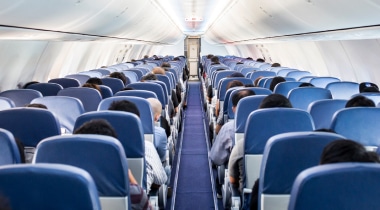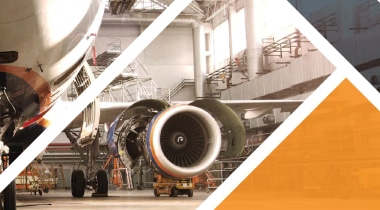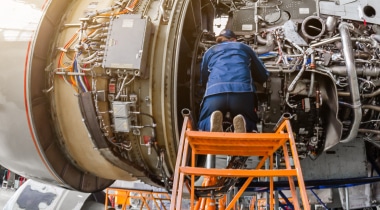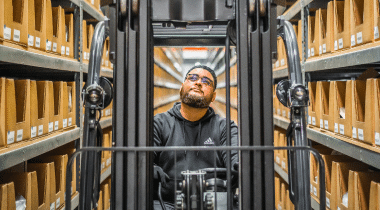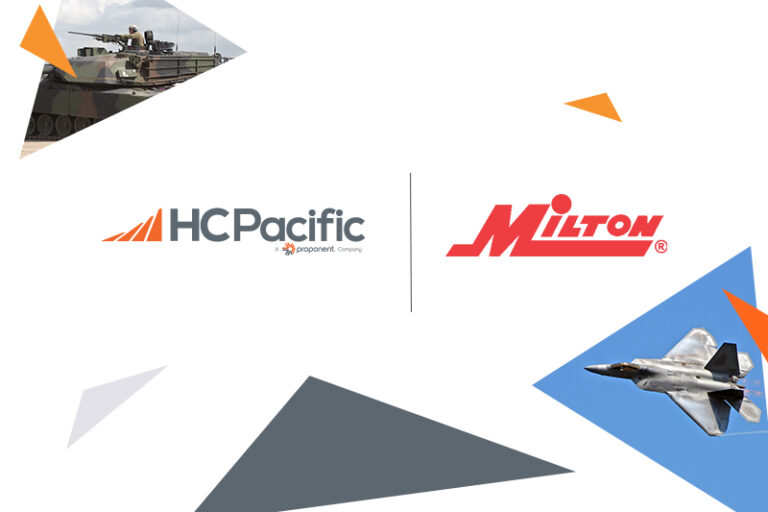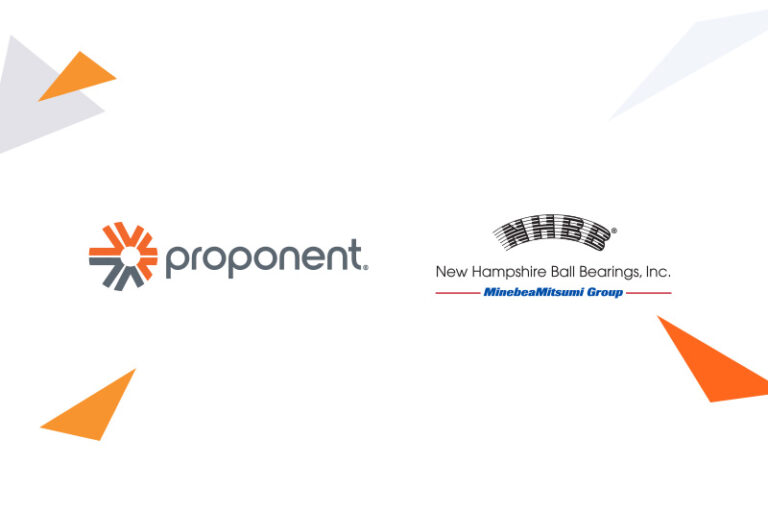With record growth in 2017, the 2018 aerospace industry outlook is strong. But learning what factors are affecting the industry moving forward will help you to target your priorities to align with the most important drivers of growth in 2018 and beyond. This post provides an update on the 2018 aerospace industry outlook, after the four major aircraft manufacturers – Boeing, Airbus, Embraer and Bombardier – posted their 2018 Q1 earnings reports.
What Made 2017 Such a Great Year for Aerospace
Let’s begin by what has driven the recent growth of the industry. Given the current geopolitical climate, it’s no surprise that the defense sector has seen steady growth, driven by an increased emphasis on missile defense and the Trump administration’s expanded defense budgets.
In the commercial aviation sector, low global interest rates, modest gas prices, explosive growth in the emerging Asia Pacific and Middle East markets and continued increases in global passenger numbers have brought us here. While there was a 3% decline in deliveries from 2016, that dip was due to production issues on the Airbus A320neo and Boeing 737MAX programs, which account for 25% of the total industry output.
Aircraft Deliveries in 2017
The four major aircraft manufacturers delivered impressive numbers of airplanes in 2017, but perhaps even more telling were their backlog totals. Both Boeing and Airbus currently have nearly a decade’s worth of backlog orders waiting to be built.
Boeing delivered 763 aircraft in 2017, with a backlog totaling 5,864 airplanes, valued at $134.8 billion. Airbus delivered 718 aircraft in 2017, with an overall backlog of 7,265 aircraft, valued at over $1 trillion. Embraer delivered 210 jets in 2017, with a firm order backlog valued at $18.3 billion. Bombardier delivered 73 regional jets and turboprops and 140 business jets in 2017, with an order backlog comprising 433 commercial aircraft and $14 billion worth of business aircraft.
What Is the 2018 Aerospace Industry Outlook So Far?
On the whole, the 2018 aerospace industry outlook remains good. Boeing and Bombardier are the big winners, posting very promising Q1 growth, while Airbus and Embraer saw revenues dip, hampered by production delays and late deliveries.
Boeing reported revenues of $23.4 billion, up 6.5% from Q1 last year. A huge part of this strong showing is the fact that it is pumping out airplanes at a record pace, having delivered 184 airplanes in the first three months of 2018. The accelerated pace combined with continuing to win new orders has led the company to raise its cash flow estimates as well as its estimated earnings guidance.
Bombardier reported big gains, with revenues up 12% year over year, at $4 billion. Strong order activity has increased its Transportation and Business aircraft backlog to $35.7 billion and $14.3 billion, respectively.
It also announced that its Commercial Aircraft division has signed purchase agreements for up to 15 Q400 aircraft for Ethiopian Airlines and up to 30 CRJ900 aircraft for American Airlines, which increases the backlogs for the Q400 and CRJ series to more than 50 planes each.
Airbus reported revenues down 12% in the first quarter of 2018, which it attributed to an engine shortage for its A320neo. It delivered 121 commercial aircraft in Q1, which is 15 fewer than in the same period of 2017. It is also considerably less than in the quarter directly preceding, in which 264 planes were delivered to customers. Profits for the European planemaker are down $342 million in the first quarter, slipping 31% from the same period last year. Despite this slow start, the company has reaffirmed its guidance.
Embraer also saw revenues and deliveries dip in Q1 of 2018. Revenue was $992 million, down 4.8% from Q1 2017. It reported deliveries of 14 commercial and 11 executive jets, down from 18 commercial and 15 executive jets during the same period last year. Though its backlog has remained fairly stagnant, the company cited a Boeing report showing signs of improving business jet market conditions.
Increased Aircraft Production Is Taxing the Aerospace Supply Chain
With such significant backlogs for all the major aircraft manufacturers, the name of the game in aerospace in 2018 is keeping up with demand.
Boeing and Airbus are expected to ramp up production in 2018 and 2019, so the pressure is on for suppliers to meet ambitious delivery schedules. While suppliers are able to make some components in advance, there are many parts that can’t be properly manufactured until the specifications for the finished machine are known. And even slight delays in the supply chain can add up quickly.
MROs are feeling the pinch as well, struggling to find enough skilled workers to keep pace with the maintenance requirements of a greatly expanded global fleet.
There is no sign of a slowdown in the near future, so suppliers, distributors and MROs are working diligently to create new systems and efficiencies to deal with short-term issues, and determining strategies for quick, smart growth to meet long-term needs.
Continued Growth Should Be Thoughtful & Holistic
Even with a sluggish start for two of the big four aircraft manufacturers, 2018 is likely to be another banner year for the aerospace industry. All planemakers are working toward increasing their delivery numbers to make a dent in the global backlog, which has the entire industry working hard to increase efficiencies, utilize new technologies and reconfigure the status quo to meet these more intense demands. Right now, the balancing act between the manufacturers, the supply chain and the MROs is working, but it is a precarious situation that will require careful thought and holistic planning to ensure that the manufacturers don’t push for growth that can’t be sustained by the current aerospace industry’s infrastructure.

